The Official Kids Guide to Ward 9!
GREAT NEIGHBOURHOODS MAKE GREAT KIDS
For me, one of the most rewarding parts of serving as Ward 9’s elected official has been the frequent opportunities to visit classrooms and talk with students about the role of a municipal councillor, and what has motivated my fifteen years of service. That motivation, as the Ward 9 mapping project illustrates, has always been to use the office as a tool for driving better outcomes in city-building - in all its intricate and interconnected forms. So, when I speak to kids, it’s partly about the job itself, but it’s also always a lesson in urban design theory.
Over the years, I’ve developed a bit of a schtick. After introducing what I believe is one of the most important city-building challenges of our time - shifting away from automobile dependency - I ask the kids what kind of cars they drive. At first, there’s confusion. Of course, they don’t drive - they’re children. But as we unpack how nearly every part of their daily movement depends on someone driving them, they begin to grasp a deeper truth: that for more than half a century, we’ve been building a Calgary that isn’t really designed with them—or many others—in mind.
This realization flies in the face of the accepted wisdom about suburban environments. The single-family home with a backyard is sold as the ideal place to raise children. And yet, my mother, a Calgary-born English teacher and lifelong non-driver, raised me and my siblings in New York City, while our summers were spent back in Calgary. She believed, and often argued, that the neighbourhood playground presented far more than a backyard ever could. Kids got to socialize and play with a broader cohort of neighbours, and caretakers could connect and build relationships too. It speaks volumes that some of my parents’ longest and closest friendships were forged in the playgrounds of Riverside Park, where we spent our childhood under the watchful eyes of our mom and the parents of our friends. Similarly, many of the close friendships my wife and I have today grew from relationships formed in the playgrounds of Inglewood.
But my mother’s argument doesn’t end there. What happens when children grow older and no longer need or want constant adult supervision? Backyards become barriers. The cumulative effect of building a city around private yards is a more spread-out, car-dependent urban form that makes it difficult for young people to safely and confidently explore and gain mastery over their surroundings. Caretakers become chauffeurs. Free and unstructured time, which we know is vital for cognitive development, is lost to long drives between scheduled and far-flung activities. The mental maps our children build of their environment shrinks, and their sense of connection to the city fades.
The data backs this up. Studies show that children in urban environments consistently score highest in independence, and in the robustness of their mental maps and their networks of acquaintances. My experience as a coach confirms this: it was always the inner-city kids who stepped into leadership roles.
But it was my Gen X upbringing that was the ultimate determinant of my conviction. In 2015, when the next generation of row houses was being reintroduced in Inglewood, after decades of being zoned out of existence, some neighbours worried that homes without backyards were unappealing or even inhumane. I challenged this notion, as I had grown up with their children in an Inglewood where we roamed the river pathways, parks, and playgrounds, the outdoor spaces of our Main Street, and the expansive industrial yards, rarely, if ever, spending time in backyards.
In the Inglewood of my childhood summers, I remember the landmark of the digital clock on the brewery roof blinking between time and temperature; the old growth cottonwoods of Pearce Estates and the Bird Sanctuary; the fishermen casting lines at the old weir; the zoo bridge trestles; the maze of steel-reinforced concrete superstructures in the ConForce yard where we made our forts; the five-cent licorice at the corner store. That was our backyard.
So, when my team and I set out to make our final Ward 9 map, the choice was clear: we would invite the children of Ward 9 to draw the parts of their neighbourhoods that loom large in their minds. The result is this map - a celebration of the truth we’ve always known: Great Neighbourhoods - not just private homes and backyards - are the best machines for raising children. It really does take a village.
But this map also speaks to what’s missing. It’s a call to action. If we build a city for our children - one made up of Great Neighbourhoods with inspiring buildings, green parks and natural spaces, traffic-calmed, trick-or-treatable streetscapes, outdoor urban rooms made vibrant by commerce and culture, transit plazas, and bike paths - we will build a Calgary that truly belongs to everyone. Our children deserve a city built not just for today, but with their tomorrows in mind.
-Gian-Carlo Carra
Map Artist: Amazing Kids in Ward 9
Graphic Design: Kaitlyn Pilloud




